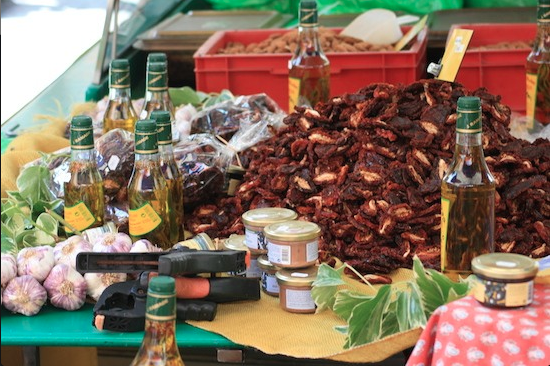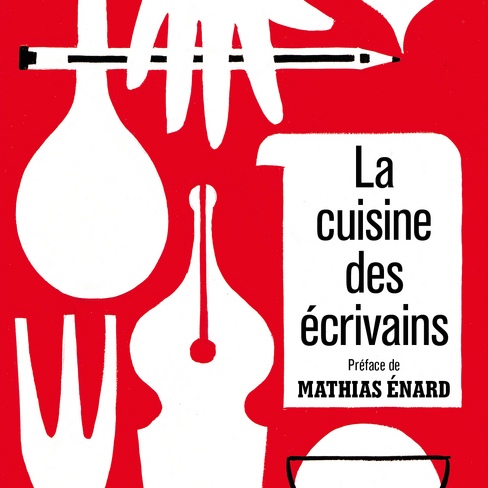The word is known: terroir. It has become familiar in English, borrowed from French instead of translated. The word means soil or land. To discuss the terroir of a region, of a plot of land, imbues the subject with meaning and history: terroir is tradition.
Terroir isn’t about being close to where your food grows as a consumer but rather describes the experience of place. It describes the taste of a place. Understanding it comes from the experience of being from and living somewhere. There is an understanding in France that specific foods come from particular places. Every other item in a market is a produit du terroir, de somewhere: poulet de Brest, fleur de sel de Guerande, crottin de Chavignol, and so on. Terroir also points to an obsession with authenticity and tradition—one could argue that the worst of French nationalism and identity expresses itself in terroir. Indeed, exclusion and tradition are both part of its usage in France.
Yet the term also values the communities and weathered rhythms of a place in a more general sense. Food and people come from somewhere: both are rooted. This, the understanding that food and eating are basic and essential to how we inhabit the world—that personality and society are connected to the land and what it produces—is where terroir pulls me in. Dany Laferrière illustrates this aspect of terroir in his novel Pays sans chapeau. The work is fiction and autobiography, part memory and part story. In it, the narrator returns home to Port-au-Prince after twenty years living in Montreal. The city is in disarray, grappling with political instability and violence. He returns to his mother’s house, where the most vivid scenes and memories occur over plates of shared food.


